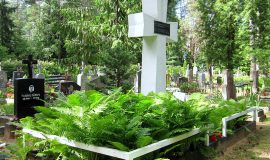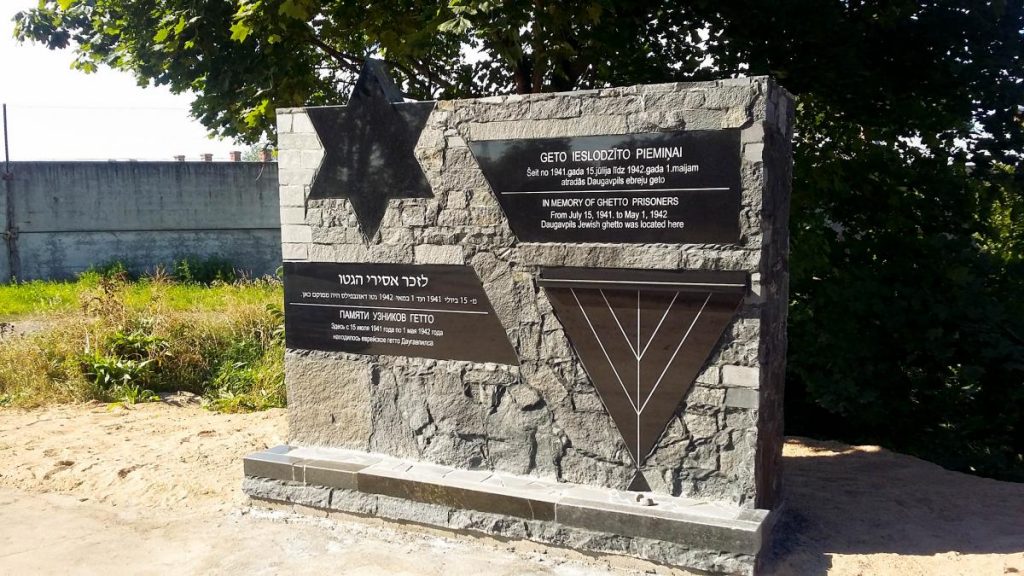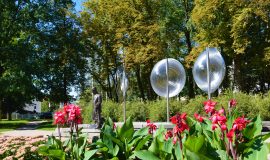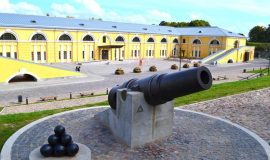Units of Polish Army entered Latvia in the end of August 1919 and after a month completely pushed back Red Army from the left bank of Daugava thus fortifying their position in Eastern part of Ilukste district. On 3 January 1920 together with Latvian Army units I and III Legion divisions of Polish Army launched the attack over Daugava. At the same day they liberated Daugavpils and later – Kraslava, Viski, Rusona, Dagda and other towns and villages. Fighting together with Kurzeme Division units of Latvian Army groups of forces of Polish General E.Rydz-Śmigły until February liberated Southern Latgale, but in 1920 left Latvia. Choosing this tour route the interesented ones have an apportunity to get acquainted with resting places of Polish soldiers.
Jewish Heritage in Daugavpils
A significant part of the population of Daugavpils had been Jews since the beginning of the 16th century. Therefore, Daugavpils is a place where outstanding Jews such as Mark Rothko, Solomon Mikhoels, Oskar Strok, Gzegoz Fitelberg and other came from. This route offers to learn about the history, culture and religion of the Jews, as well as to know more about the Holocaust.
Explore Daugavpils city!
This route includes the most popular sights of Daugavpils, which are worth seeing for every guest of the city.
Polish Heritage in Daugavpils
In Daugavpils at the present moment there live approximately 15% of Poles. In the city there functions Polish Culture Centre and Polish Gymnasium. President of Poland Bronisłav Komorowski, who visited the city in 2010, named Daugavpils the Capital of Latvian Poles.
Get to Know Daugavpils – metropolis of Eastern Latvia!
The 19th century fortress and the Church Hill with the churches of four different confessions situated there are the symbols of Daugavpils. Daugavpils is one of the few Latvian cities that can boast of a unique ensemble of classical and eclectic buildings. Welcome to Daugavpils!











